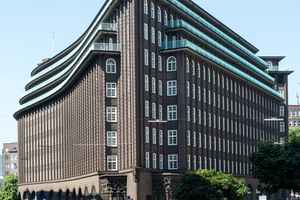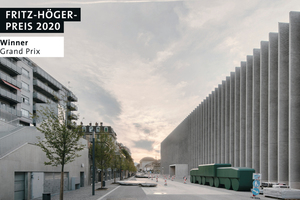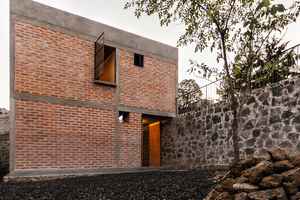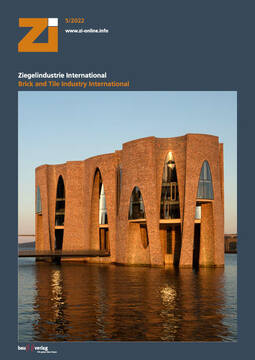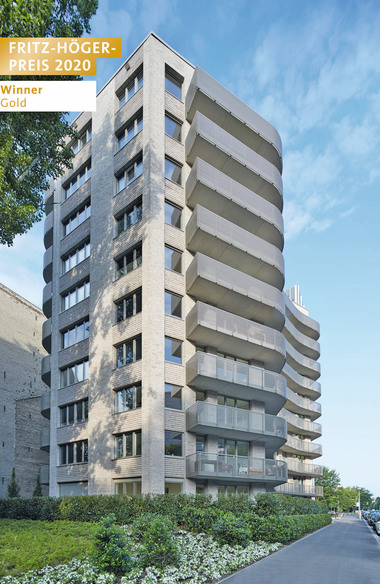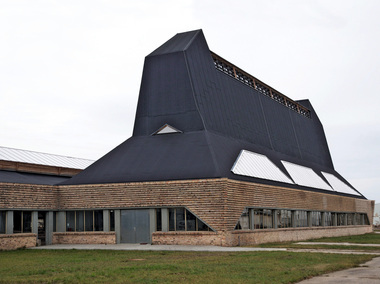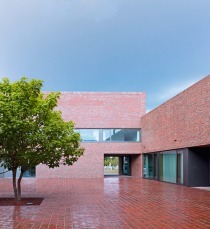Renowned architecture prize enters the future with a new name
At its annual general meeting, the Initiative Bauen mit Backstein decided to give its competition for outstanding brick architecture a new name. The decision was made on the basis of a new, specially commissioned study by the Hamburg historian Prof. Thomas Großbölting on Fritz Höger‘s Nazi past. The study will be published shortly.
„Our prize stands for a progressive understanding of architecture and for the creative potential of the building material in international architecture,“ says Ernst Buchow as chairman of the initiative. Since the first call for entries in 2008, the competition has steadily gained in popularity and recognition at home and abroad. With more than 600 projects submitted and a great international response, the prize has become a permanent fixture in the architectural scene.
The great importance of the architect Fritz Höger and his buildings for modern architecture is undisputed, emphasises Buchow. But it is now also clear that Fritz Höger has to be assessed more critically. Unlike 15 to 20 years ago, today‘s research does not focus solely on direct perpetration, but on causes and activities that paved the way for the Nazi regime. Letters and writings by Höger that have now been evaluated bear witness to völkisch-nationalist, racist and anti-Semitic views, whose implications and consequences needed to be examined more closely.
For this reason, the Bauen mit Backstein initiative, supported by the Bund Deutscher Architektinnen und Architekten BDA (Association of German Architects), commissioned the Hamburg historian Prof. Thomas Großbölting, an expert in this kind of contemporary historical research, to conduct a well-founded study on Fritz Höger‘s Nazi involvement. The analysis, which has not been carried out in this depth before, concludes: „Höger is highly nationalistic-völkisch and racist, but mostly in a regional-North German orientation. [...] He already shared many ideologems with National Socialism in his early political socialisation, accentuated them between 1933 and 1945 out of opportunism, and clung to several of these ideas even after 1945.“ Höger was clearly a National Socialist, „but without having been involved in the criminal regime in an important position.“
As a rule, academic experts refrain from making recommendations for action. Thomas Großbölting comments on his study accordingly cautiously. „If one were to choose a name for an important architecture prize today, Höger would probably not be in first place. His political convictions are not at all compatible with the free democratic basic order.“
However, the Initiative Bauen mit Backstein clearly values the expert opinion as the basis for the decision to give the architecture prize a new name that does justice to and gives expression to the international and progressive character of the competition.
The Initiative Bauen mit Backstein plans to announce the new name in September and to leave the existing name dormant until that time. „The step, which we have carefully considered, was not easy for us,“ says Ernst Buchow, whose brickworks had itself produced the bricks for Höger‘s Chilehaus. „An architecture prize must take these insights into account andrenew itself with a signal for the future in order to live up to its own claim.“

